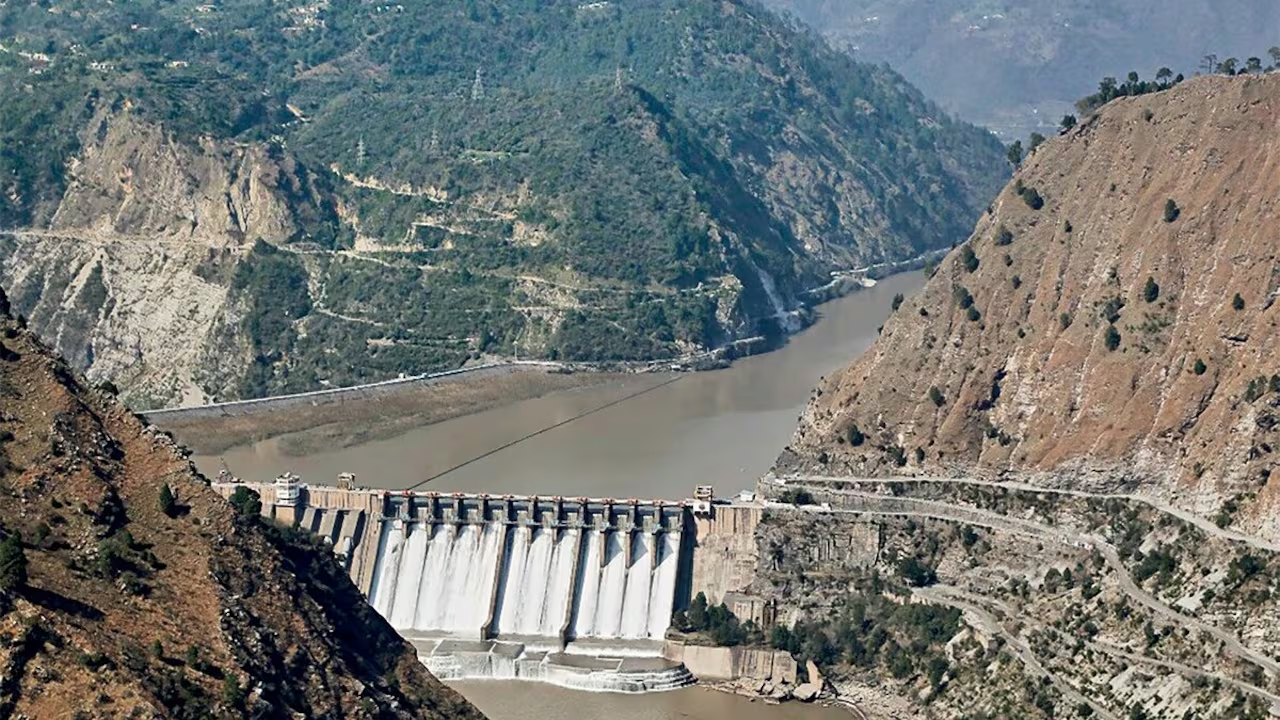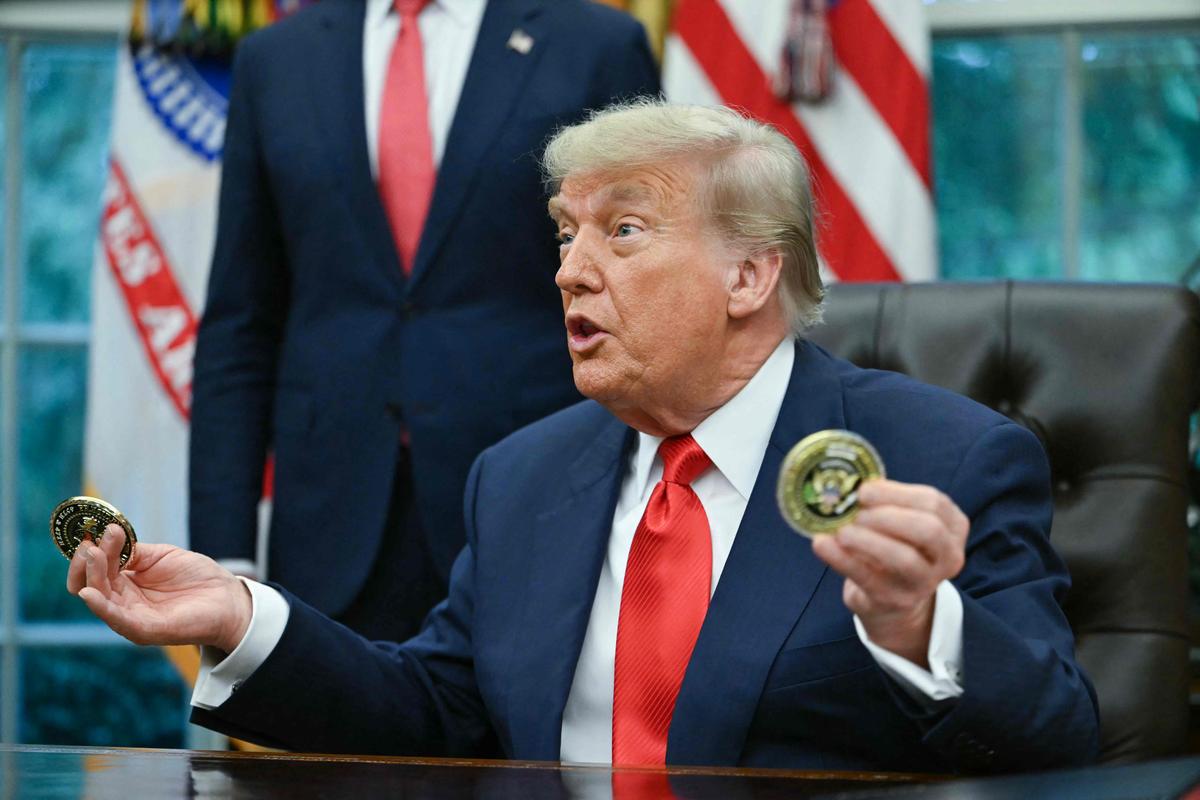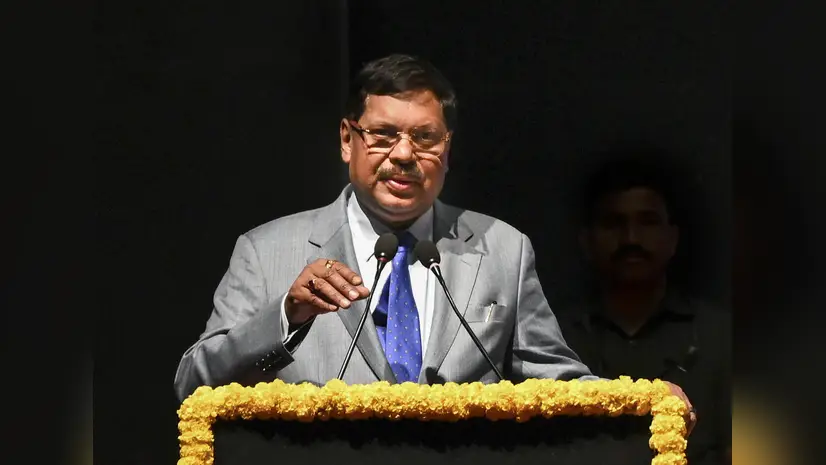- Courses
- GS Full Course 1 Year
- GS Full Course 2 Year
- GS Full Course 3 Year
- GS Full Course Till Selection
- Answer Alpha: Mains 2025 Mentorship
- MEP (Mains Enrichment Programme) Data, Facts
- Essay Target – 150+ Marks
- Online Program
- GS Recorded Course
- Polity
- Geography
- Economy
- Ancient, Medieval and Art & Culture AMAC
- Modern India, Post Independence & World History
- Environment
- Governance
- Science & Technology
- International Relations and Internal Security
- Disaster Management
- Ethics
- NCERT Current Affairs
- Indian Society and Social Issue
- NCERT- Science and Technology
- NCERT - Geography
- NCERT - Ancient History
- NCERT- World History
- NCERT Modern History
- CSAT
- 5 LAYERED ARJUNA Mentorship
- Public Administration Optional
- ABOUT US
- OUR TOPPERS
- TEST SERIES
- FREE STUDY MATERIAL
- VIDEOS
- CONTACT US
Indus Waters Treaty Under Climate and Security Stress
Indus Waters Treaty Under Climate and Security Stress

Why in the News?
- In April 2025, India suspended its obligations under the Indus Waters Treaty following the Pahalgam terror attack, citing national security concerns and invoking Article XII to propose modifications.
- As of July 2025, the treaty is under renewed scrutiny due to climate change, Pakistan’s objections to Indian hydropower projects, and broader Indo-Pakistani tensions.
Key Highlights
- Background of Indus Water Treaty (IWT)
- It was signed in 1960 between India (Jawaharlal Nehru) and Pakistan (Ayub Khan) and was mediated by the World bank.
- Initially, India did not want the involvement of the World Bank, but it became inevitable eventually when the basin required infrastructure.
- It required building and linking of canals, all of which required funds, thus involving the World Bank.
- About IWT
- Water Usage Rights:
- Eastern Rivers for India’s unrestricted use
- Ravi
- Sutlej
- Beas
- Western Rivers for Pakistan
- Indus
- Jhelum
- Chenab
- India is, however, allowed to use western rivers for some specific purposes like domestic use, non-consumptive use (like navigation or fishing), agriculture use or generation of hydro-electric power.
- Eastern Rivers for India’s unrestricted use
- Implementation: Both countries must appoint permanent Indus Water Commissioners, who will act as the primary channel of communication for all matters related to the Treaty’s implementation.
- Dispute Resolution Mechanism (Three-Tiered Structure):
- Permanent Indus Commission (PIC): Handles issues related to the interpretation or application of the Treaty, or any facts that may indicate a possible breach.
- Neutral Expert: Engaged for resolving technical disputes when the PIC fails to reach an agreement. The Neutral Expert is appointed either jointly by India and Pakistan or by the World Bank.
- Court of Arbitration: A seven-member tribunal constituted to adjudicate legal disputes if previous mechanisms fail to resolve the issue.
- Despite this structured mechanism, recent disputes, like over the Kishanganga and Ratle projects, have led to prolonged legal tussles, highlighting procedural delays.
- Water Usage Rights:
- Pakistan’s Strategic Use of the Treaty
- Often projects itself as a “victim” and uses legal channels to delay Indian projects.
- Fails to fulfil reciprocal obligations like timely dispute resolution and annual talks.
- Leverages international sympathy to halt India’s developmental plans.
- Impact of Climate Change
- Hydrological changes
- The water profile of the Indus basin has changed significantly since the treaty was signed due to climate change.
- The amount, timing, and flow of river water have altered due to melting glaciers, erratic rainfall, and temperature shifts.
- Increased demand
- Population growth and rising irrigation needs have led to much higher water demand than in the 1960s.
- More people and farming activities now require far more water than what was assumed during the treaty’s formation.
- Changing landscape
- Both the physical landscape and river patterns (waterscape) are shifting due to environmental and climatic factors.
- Urbanisation, deforestation, and climate-induced changes are modifying river courses, flood risks, and water availability.
- Need for renegotiation
- Climate change impacts and new river data will be critical for any future review or renegotiation of the treaty.
- Updated scientific knowledge must be considered to revise outdated terms and ensure fair water sharing under new conditions.
- Hydrological changes
- Indus Treaty on Pause
- Treaty functioning has been frozen
- Permanent Commission meetings and data-sharing between India and Pakistan have been suspended since 2023.
- India has under-utilised its water rights
- India is entitled to store up to 3.6 million acre-feet (MAF) of water on western rivers but has developed only around 0.7- 0.8 MAF so far.
- Hydropower potential remains untapped
- India can generate 20,000 MW of hydropower from western rivers but has only developed around 4,000 MW.
- There's a major opportunity for clean energy generation that is being missed.
- Need to resume structured renegotiation
- India and Pakistan must sit down to resolve disputes and update the treaty, possibly with neutral expert involvement.
- A technical and unbiased third party can help both countries renegotiate fairly and address unresolved issues.
- Modern science must guide treaty reform
- Hydrology, glaciology, and climate science should shape future treaty decisions.
- Any renegotiation must reflect current scientific understanding, not outdated 1960s assumptions.
- Treaty functioning has been frozen
Impact on Indian Economy
- Water Security and Agricultural Stability
- Eastern rivers support irrigation in Punjab, Haryana, Rajasthan.
- Ensures food security and sustains rural economies.
- Reduces vulnerability to monsoon variability.
- Hydropower and Energy Independence
- Run-of-the-river projects on western rivers boost renewable energy.
- Reduces fossil fuel dependence and supports energy transition.
- Attracts investment in Himalayan infrastructure.
- Strategic Leverage and National Security
- Suspension of treaty obligations signals India’s assertiveness.
- Enhances bargaining power in broader Indo-Pak relations.
- Aligns water policy with counter-terrorism strategy.
- Climate Resilience and Infrastructure Investment
- Necessitates climate-resilient dams, canals, and flood control systems.
- Promotes innovation in water-efficient agriculture and AI-based monitoring.
- Drives demand for public-private partnerships in water management.
- Regional Diplomacy and Global Standing
- Treaty’s durability enhances India’s credibility in transboundary water governance.
- Suspension may affect India’s image as a responsible regional power.
- Opens space for new multilateral water cooperation frameworks (e.g., with China and Bangladesh).
Challenges and Way Forward
|
Challenges |
Way Forward |
|
Outdated treaty provisions (pre-climate era) |
Propose a revised framework incorporating climate data and groundwater use |
|
Legal rigidity and lack of exit clause |
Explore diplomatic renegotiation under Article XII with World Bank facilitation |
|
Pakistan’s objections to Indian projects |
Enhance transparency, third-party audits, and joint technical reviews |
|
Geopolitical tensions and terror linkages |
Link water diplomacy with broader security and counter-terrorism frameworks |
|
Ecological degradation and river health |
Integrate environmental flows, biodiversity metrics, and basin-wide conservation |
Conclusion
The Indus Waters Treaty has helped India and Pakistan share river waters peacefully for over 60 years, even during wars. But today, new challenges like climate change, growing water needs, and political tensions are testing the treaty. India’s recent decision to suspend its obligations shows a shift toward using water as a strategic tool. Still, this doesn’t have to lead to conflict. By updating the treaty to reflect today’s realities, like changing weather patterns and environmental needs, both countries can protect their water resources and build trust.
|
Ensure IAS Mains Question Q. The Indus Waters Treaty has long been hailed as a model for transboundary river cooperation. In light of India’s 2025 suspension of its obligations, critically examine the relevance of the treaty in the current geopolitical and climate context. Also suggest measures for a sustainable and equitable renegotiation. (250 words) |
|
Ensure IAS Prelims Question Q. Consider the following statements regarding the Indus Waters Treaty (IWT):
Which of the above statements is/are correct?
Answer: b. 2 and 3 only Explanation Statement 1 is incorrect: The Indus Waters Treaty (1960) allocates eastern rivers (Ravi, Beas, Sutlej) to India for unrestricted use and western rivers (Indus, Jhelum, Chenab) to Pakistan, with limited rights for India (non-consumptive use). Statement 2 is correct: India is allowed to use western rivers for domestic, agricultural, and hydroelectric purposes, as long as it does not affect the flow to Pakistan significantly (non-consumptive or limited consumptive use). Statement 3 is correct: The Treaty includes a three-tiered dispute resolution mechanism: Permanent Indus Commission (PIC), Neutral Expert (for technical matters) and Court of Arbitration (for legal or interpretative disputes). |



